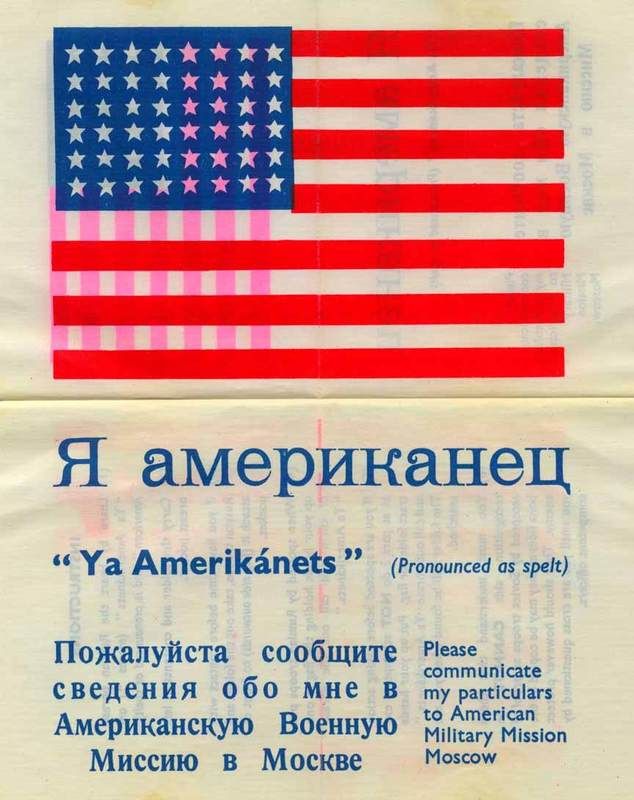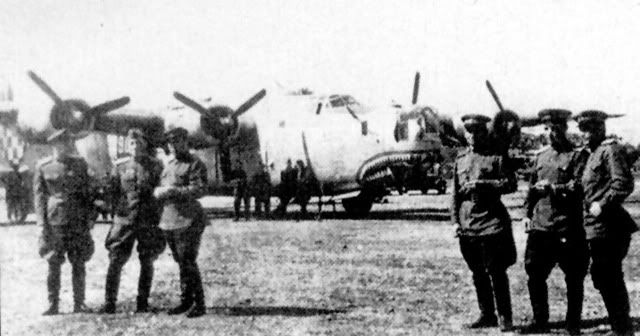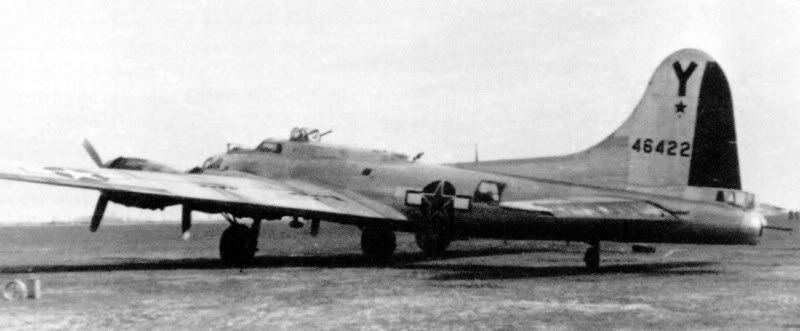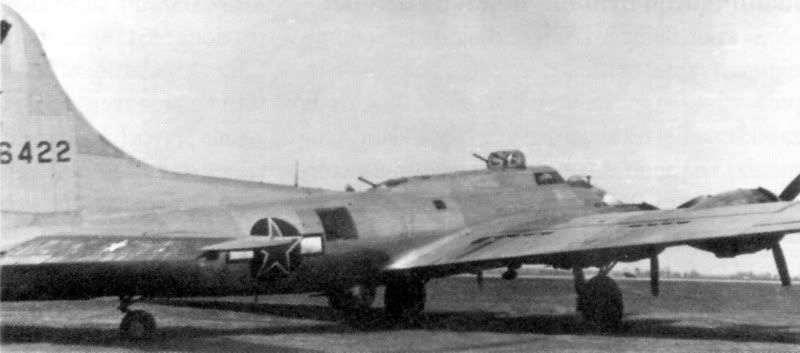But if strict and stringent orders for obligatory devastation of irreparably damaged airplanes - machines perceptibly incapable to return to their own bases - by means of deliberate crash-landing upon the German territory actually were issued, why to Hell American crews were equipped with this special Identification patches - designed and made available to all combat crews of the 8th Army Airforce for missions near the Russian front?

US Identification Patch carried by aircrews on combat missions that brought them in close proximity to those areas where soviet troops had operated

US Identification Patch, reverse
With all due respect, my dear Mr. A Rod, but your previously mentioned constatation is a little bit inaccurate. You see, late in WWII, RAF and USAAF bombers that had been damaged in raids over the Reich actually were instructed to attempt force-landings in Soviet-controlled territory, rather than attempt to make their way back to their Western bases. In April of 1945 the Soviet Air Force also issued a directive to its units in the field to report the exact location of every single aircraft of their Western Allies that were in Soviet hands, as well as to report and gather together every injured and healthy crew member available for repatriation.

Official Soviet takeover of the US crash-landed B 17, involving the US crew and officers of the NKVD, Nagybánya, Hungary – December, 1944.
Amongst those airplanes recovered by Soviets were in total 162 Allied machines: 73 B-17s, 73 B-24 Liberators, 14 P 51 Mustangs, 1 P 38 Lightning, and 1 Handley-Page Halifax. Amid these planes 68 machines were completely devastated, but still usable to certain extent as spare part resources. Although Russian aircrews and maintenance crews had no experience with such aircraft, 18 airplanes were repared by Soviet technicians and sent back to their previus owners, while 76 machines remained in Soviet possesion. These aircrafts were retained as temporary heavy bombers within the 45th Soviet Heavy Bombers Division, with 30 Liberators in its 203rd, and 23 B 17’s within its 890th Regiment.

Officers of the Soviet Union in front of the repared B 24 – April 1945, Sombor - Yugoslavia
The B-17s remained in service until 1948. The only ever proclaimed admonition of the Soviet officials targeted those well-known striking nose-arts painted on the bombers, and for that reason they ordered compulsory removement of all those “outrageous pictures”.







